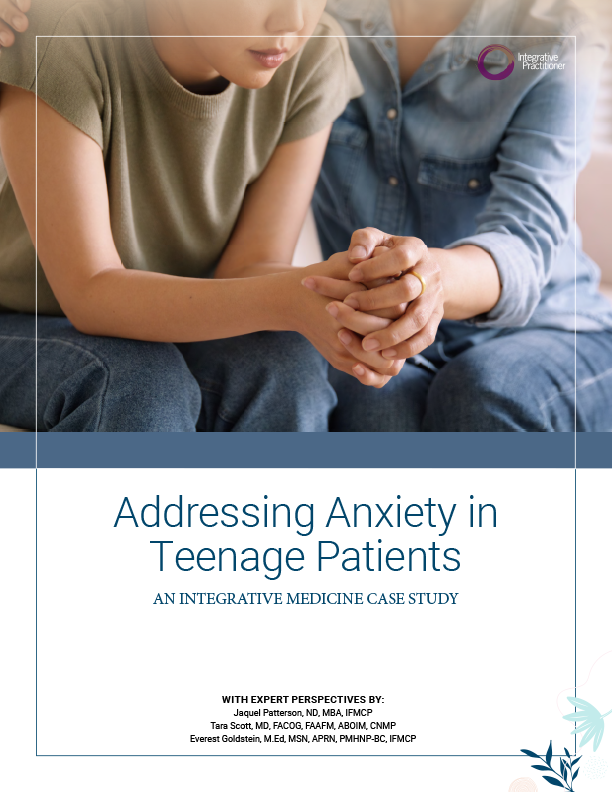Mild fatty liver disease linked to increased mortality, study finds
Photo Cred: Unsplash
By Katherine Shagoury
Researchers at the Karolinska Institutet in Sweden and Massachusetts General Hospital in the Boston, Massachusetts found that even mild non-alcoholic fatty liver disease (NAFLD) was linked to higher mortality, though mortality increases with disease severity, according to the new findings published in the journal Gut.
For the study, researchers matched 10,568 individuals with biopsy-confirmed NAFLD to general population controls through Sweden’s comprehensive, nationwide registers. They found that all stages of NAFLD were associated with excess mortality risk, even early stages of disease. This risk was driven primarily by deaths from extra-hepatic cancer and cirrhosis, while the risks of cardiovascular mortality or hepatocellular carcinoma (HCC) mortality were relatively modest.
Patients with NAFLD had a 93 percent increased risk of all-cause mortality, but the numbers varied with disease severity. The risk increased progressively from the mildest form of NAFLD (simple steatosis), to non-fibrotic steatohepatitis (NASH), to non-cirrhotic fibrosis and to severe NAFLD with liver cirrhosis, according to the study.
Non-alcoholic fatty liver disease is often caused by obesity and affects nearly 25 percent of U.S. and European adults. It represents the most common cause of chronic liver disease in Western countries. Small clinical studies have demonstrated that among patients with NAFLD, advanced liver fibrosis is the most important histological predictor of mortality, but population-level data have been missing from cohorts with liver histology, the researchers said.
The study builds on the Epidemiology Strengthened by Histopathology Reports in Sweden (ESPRESSO cohort). Histopathology data from more than two million people have been linked to nationwide Swedish registers such as the Patient Register, the Cause of Death Register, the Prescribed Drug Register, and the Cancer Register.
“This is the first nationwide cohort study with detailed liver histology data to confirm that NAFLD contributes to an increased risk of all-cause mortality,” said Tracey Simon, MD, first author of the study and researcher and hepatologist at Massachusetts General Hospital, in a statement. “These findings should be used to develop more targeted interventions designed to reduce mortality, in patients with NAFLD. We need public health strategies that prevent both extra-hepatic cancer and NAFLD progression to cirrhosis, for this rapidly growing population.”
















